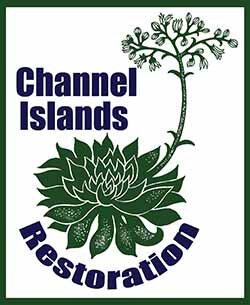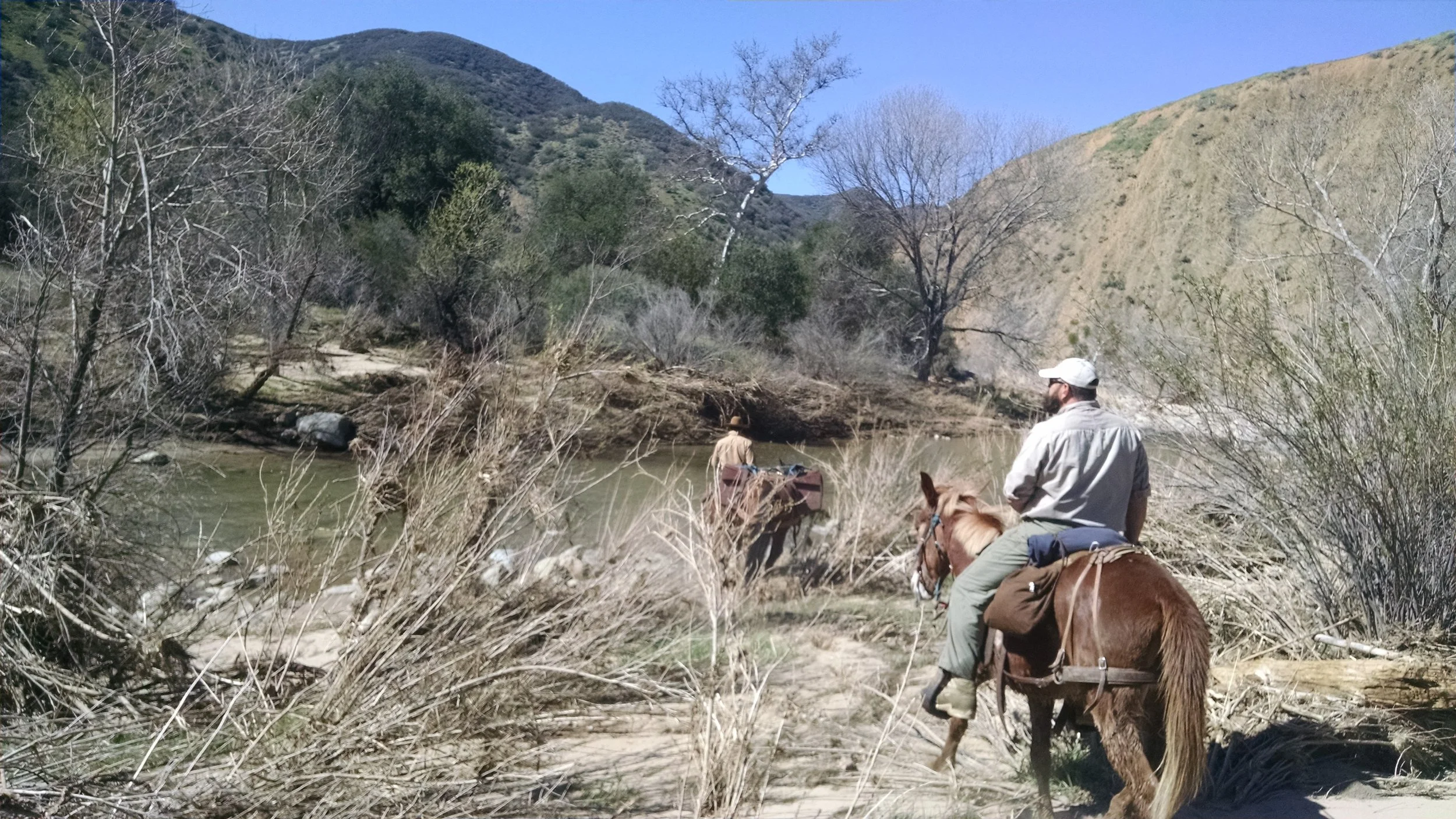Help eradicate invasive plants from the Sisquoc River with Channel Islands Restoration
Join CIR as we head deep into the San Rafael Wilderness along the Sisquoc River to eradicate tamarisk, one of the most ecologically devastating invasive plants in our region. We need your help to search for the invasives and make sure we eradicate all of it.
This opportunity is incredibly unique. The trip will be led by CIR staff who are experienced naturalists that are well versed in the flora and fauna of the Los Padres backcountry. We’ll travel in relative luxury thanks to Los Padres Outfitters who will be preparing three hearty meals a day and providing pack animals to carry our gear. All you need to do is provide your own time, energy, and camping gear.
This is an experience unlike any other and you don’t want to miss this. Space is limited so sign up today.
The project is located within the Los Padres National Forest in Santa Barbara County, California on the Sisquoc River system including Manzana Creek and other tributaries. Specifically, the areas covered will be on the main stem of the Sisquoc River and its tributaries including Foresters Leap Canyon, Manzana Creek and its tributaries from the headwaters on the east to the Forest boundary on the west (approximately two miles west of Manzana Camp).
Information about Volunteering
Participants will hike about 30 miles over the course of six days. Some of the hiking will be on trails, but some will be on small boulders in the river and on uneven terrain.
You will be responsible for bringing your own camping gear but a horse and mule train will carry these things for you. Three meals per day will be provided and cooked for you by the Wranglers.
Sunday - Friday, October 7 - 12 • Monday - Friday, October 22 - 26 • Monday - Friday, November 5 - 9 • Friday - SundayNovember 16 - 18 (No Los Padres Outfitters) • Monday - Friday, November 26 - 30 • Saturday - Wednesday, December 8 - 12
Sign Up
What is Tamarisk?
Tamarisk (Tamarix ramosissima), also known as salt cedar, is one of the biggest invasive threats to our watersheds. It puts down massive root systems that tap into groundwater and can suck rivers dry. It also grows in such thich stands that it crowds out other native plants - which creates less habitat for the ecosystem as a whole.
Even a small patch of tamarisk can spread vigorously. The new individuals can sprout from the extensive root system, plus each plant can produce as many as 500,000 seeds in a single year. The seeds are small with a tuft of hair attached to one end enabling them to float long distances by wind or water. Luckily the seeds are shortlived and do not form a persistent seed bank. However, they can germinate within 24 hours of dispersal, sometimes while still floating on water. If seeds are not germinated during the summer that they are dispersed, almost none germinate the following spring. By getting in the backcountry before this plant dominates the watershed, we can stop this infestation before it becomes unmanageable. (Source).




